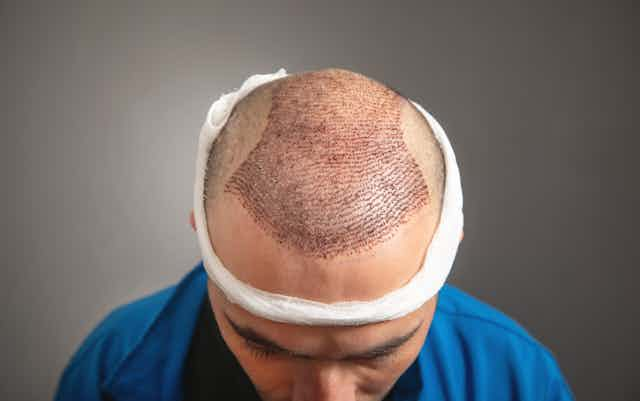Can Hair Transplants Cover Full Baldness?
Hair loss can be a distressing experience that affects one's confidence and self-image. For many, the ultimate solution seems to be a hair transplant. But a common question people ask is: Can hair transplants cover full baldness? While modern techniques have made tremendous progress, the answer depends on various factors, including donor availability, scalp condition, and the extent of hair loss. Those considering a Hair Transplant in Dubai often wonder if this treatment can truly restore a completely bald scalp to a full head of hair.
Understanding the Scope of Hair Transplants
A hair transplant involves relocating healthy hair follicles from one area of the scalp (the donor site) to a bald or thinning area (the recipient site). However, the extent of coverage achievable depends on the density and health of the donor area. Complete baldness presents more challenges than mild or moderate hair loss because there are fewer follicles available for transplantation.
Factors That Influence Complete Coverage
Several key factors determine whether full baldness can be covered:
- The size of the bald area.
- The density of donor hair available.
- The quality and thickness of the hair strands.
- The elasticity of the scalp.
- The patient's long-term hair loss pattern.
The Role of Hair Density and Texture
The texture and thickness of an individual's hair play an essential role in determining how well baldness can be concealed.
- Thicker strands provide better coverage and require fewer grafts.
- Curly or wavy hair offers more volume, giving the appearance of a fuller scalp.
- Fine hair may not achieve the same level of coverage even with more grafts.
Realistic Expectations: What Can Be Achieved
Patients must set realistic expectations when seeking coverage for complete baldness. While total restoration may not be possible, a skilled surgeon can create a natural-looking hairline and improved density at the front and top of the scalp. The key goal is enhancement, not perfection. Understanding this distinction helps ensure satisfaction with the final appearance.
Techniques That Maximize Coverage
Modern hair restoration techniques focus on maximizing coverage while maintaining a natural aesthetic. Below are some strategies often applied:
- Strategic graft placement: Prioritizing visible zones like the hairline and crown.
- Blending techniques: Ensuring seamless integration with existing or residual hair.
- Density illusion: Using spacing and angles to give a fuller look.
- Optimized donor use: Harvesting efficiently to preserve donor hair for future sessions.
- Long-term planning: Anticipating future hair loss to maintain balance and proportion.
Understanding Scalp Characteristics
Each individual's scalp has unique properties that affect transplant success. Elasticity, thickness, and healing capacity influence how well grafts take root. People with flexible and healthy scalps tend to have better outcomes. In contrast, those with scarred or tight scalps may face challenges in achieving full coverage. Proper pre-evaluation helps predict achievable results accurately.
Common Misconceptions About Full Baldness Restoration
Many believe that a hair transplant can recreate a completely dense head of hair regardless of baldness level. However, this is not entirely true. Let's clarify some misconceptions:
- Full baldness can always be reversed, not always possible.
- More grafts mean better results — excessive grafting can damage the donor area.
- Results look artificial — modern techniques produce natural looks but depend on skilled execution.
- Once transplanted, hair never changes — natural thinning can still occur over time.
- Everyone is a good candidate — evaluation determines suitability.
Can Complete Baldness Truly Be Covered?
While hair transplants can significantly improve bald areas, achieving total coverage for complete baldness remains challenging. Success depends largely on donor hair density, hair quality, and the surgeon's expertise. Some individuals may attain near-full coverage with skillful planning, while others may need to focus on improving the frontal and mid-scalp regions for a visually satisfying transformation.
Expert Evaluation Before Decision
Before pursuing a transplant, a professional assessment is essential to understand the scalp condition, donor potential, and achievable goals. Surgeons evaluate the pattern and progression of hair loss to determine whether the patient is an ideal candidate. Personalized planning ensures realistic results and prevents over-harvesting or disappointing outcomes.
Final Thought:
In conclusion, while hair transplants can restore significant volume and improve appearance, covering complete baldness remains a complex goal influenced by multiple factors. What matters most is realistic planning, proper expectations, and choosing an experienced team that prioritizes natural results. At Dynamic Life Clinics, every individual receives a personalized approach focused on maximizing achievable density and aesthetic harmony—helping patients regain confidence and embrace their renewed look with pride.

